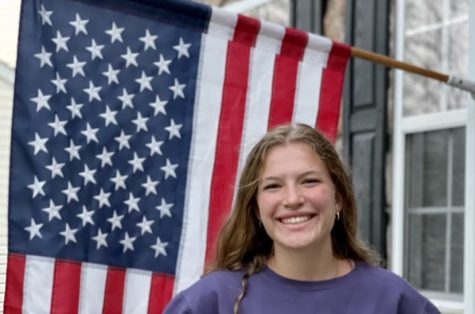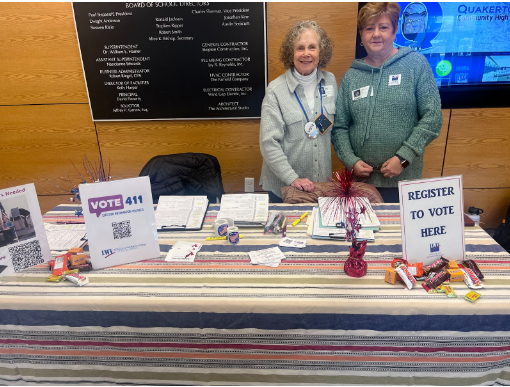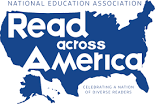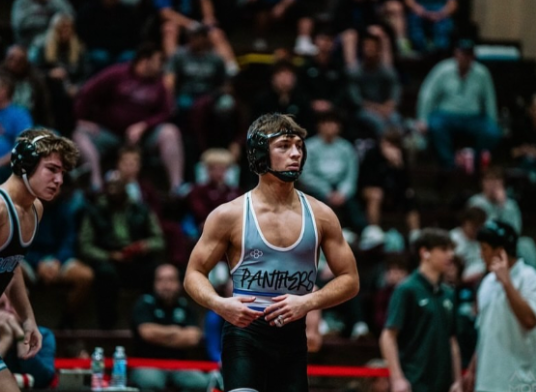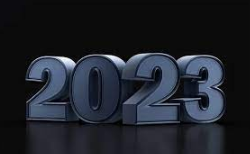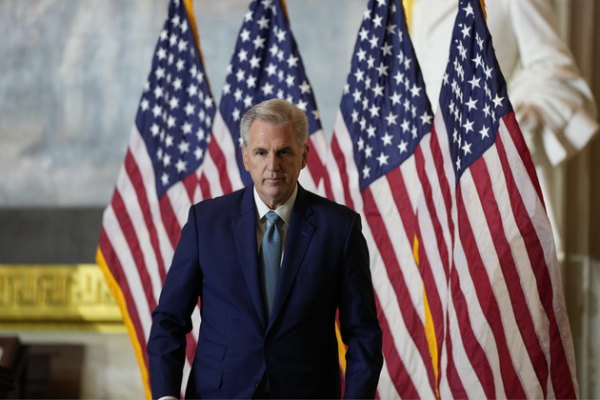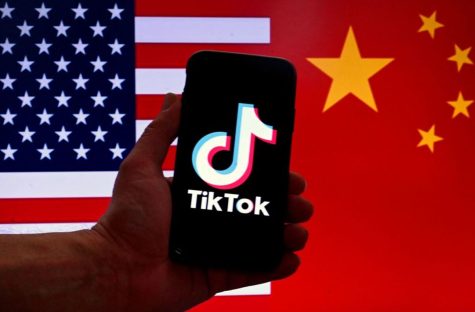The Impact of Masks on High School Athletes
March 11, 2021
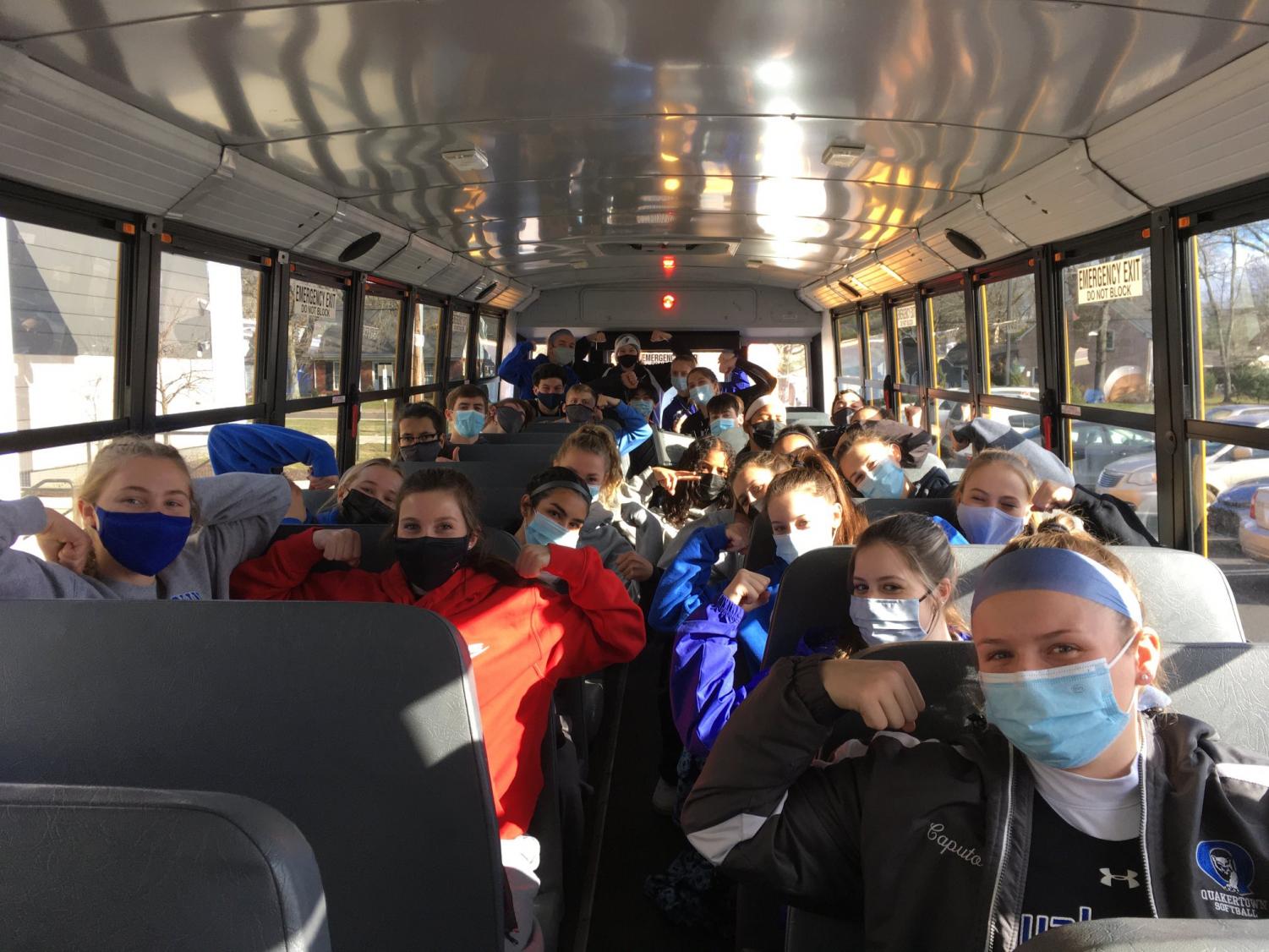
More than 60 percent of QCHS athletes believe the restrictions required by COVID-19 protocols — masks and social distancing, in particular — made it more difficult to build and maintain social bonds and team chemistry, according to a recent survey by Pawprints. Masks have become part of the new “normal”, due to COVID-19, an infectious disease that led to a pandemic beginning in March of last year. Athletes at QCHS were not required to wear masks to compete in fall sports such as football, soccer, and field hockey. Offseason athletes were also not required to wear a mask for their conditioning and pre-season practices. It was in the latter part of the fall season when it all changed.
Quakertown Community School District began to require athletes to wear masks throughout practice in the later fall months. At first, it was difficult on the athletes’ endurance. They had to work harder to get into shape to be able to breathe as easily as before while still maintaining a high athletic performance with a mask. Pawprints surveyed winter athletes at QCHS asking about the impact of masks on high school athletics. Abigail McClaskey, a senior on the Girls’ Basketball team stated, “Catching your breath on the court at this point is much harder than it was in previous years when we did not have to wear a mask.” This statement was a consensus amongst survey respondents. Every respondent confirmed that wearing a mask has made it harder to play at the same level of intensity as in years’ past.
The addition of masks for winter sports also left an impact off the court, field, and track. The survey results showed that 63% of respondents found masks and the inability to meet up outside of school and their sport, made it harder to have a strong team bond. Yes, the teams bonded and created chemistry, but the little bits of information that one might gain about their teammates were challenging to learn this year. An interesting aspect of this season was that no QCHS fans were permitted to attend away games. This required JV and Varsity to become each other’s biggest supporters and fans. A freshman on the Boys’ Basketball Team, Vince Micucci, phrased it perfectly, “We have bonded because the JV team is like the student section for the Varsity and the same the other way around. With few fans there, this helps us to bond while supporting one another.” If one attended a home basketball game, where only two fans per student were permitted, the strong support that the QCHS JV and Varsity teams had for one another was evident.
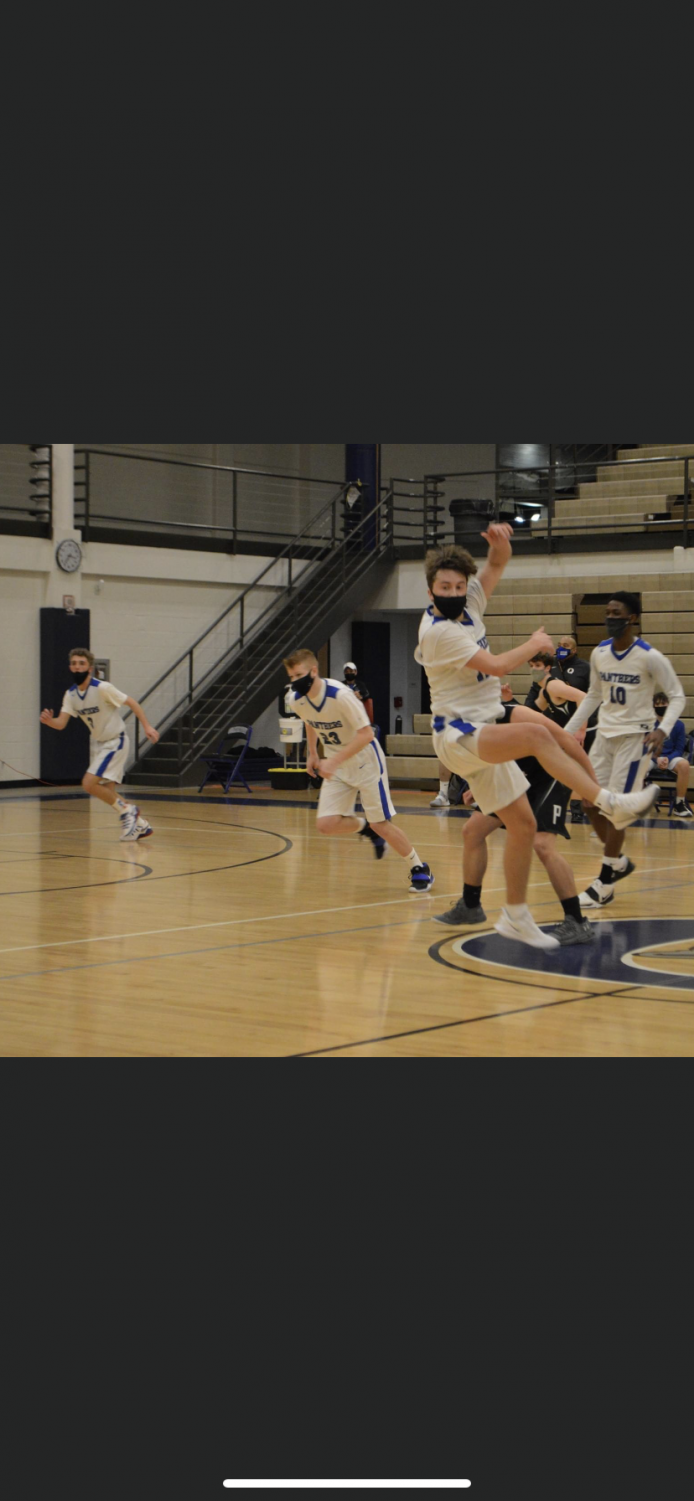
Circling back to the general difficulties of wearing masks, all respondents said that breathing when winded is the most difficult part of wearing masks while actively playing a sport. Most have agreed that at this point, it has become the norm to wear a mask at school. Athletes’ endurance levels had to increase this season, so they were able to compete while wearing a mask. The large majority of survey respondents are basketball players (60%). It is much harder to catch your breath when consistently hustling up and down the court. Keeping the mask up is also a difficult task, especially at the end of a close game. While playing defense an athlete’s attention must be on keeping the team from scoring and yet sometimes pulling a mask over their nose becomes a distraction for a few seconds that results in the player going right by or allowing the player they are guarding to get the ball. “You must develop a second endurance to compete with a mask on,” a valid point made by Callie Abel, a sophomore on the Girls’ Indoor Track and Field team. This second endurance is apparent when watching teams compete against each other.
The overall effect of athletes wearing masks has been challenging yet manageable. Team bonding and hearing their coaches have been somewhat affected by the addition of masks. With 75% responding yes, the large majority of athletes concluded that it is harder to hear their coaches on the sidelines with the addition of masks. Coaches are constantly calling out plays or where to go. If athletes cannot hear their coach, the opposing player may score or they may not run the correct play. While no one said it was a large impact, QCHS athletes defined the impact as considerable.
All high school athletes, especially seniors, were grateful for the opportunity to play this year during a pandemic. All schools dealt with the addition of masks and other changes to the season from assigned bus seats to temperature checks. Perseverance has been showcased. To be able to compete and play at a high level, high school athletes had to work through quarantine, masks, and other restrictions to be the best athlete possible. Masks provided a moderate impact on an already intense season. Athletes learned to endure the challenge of wearing a mask. It was an additional strain on top of the daily grind of practices and competitions. While mask-wearing is a difficult experience for athletes, the wearing of masks granted winter athletes the ability to compete rather than lose a season during this turbulent time.



